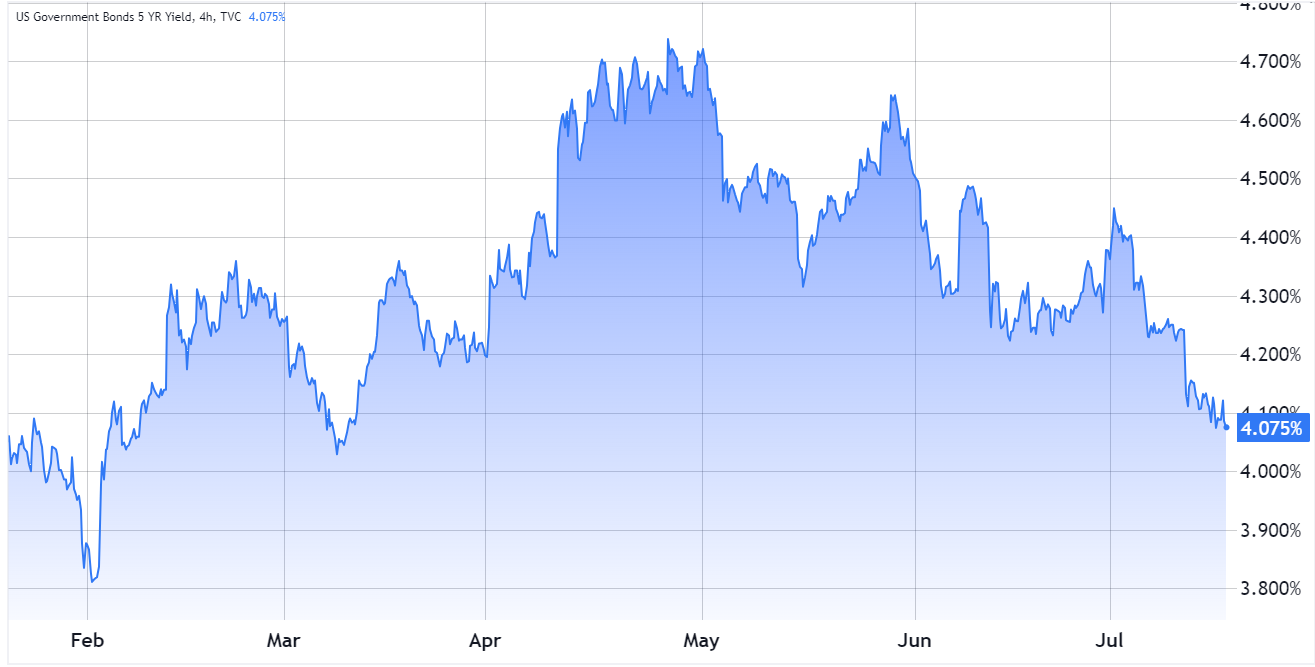Since July 5, Bitcoin has seen net inflows of $1.91 billion into its US spot exchange-traded funds (ETFs). Despite this, its price has struggled to stay above $65,000.
Meanwhile, the S&P 500 index hit an all-time high on July 16, and gold, the world’s largest reserve asset, traded at a historical high on July 17. This suggests that traditional finance markets aren’t causing Bitcoin’s underperformance.
What’s Behind Bitcoin’s Struggle?
Not all spot Bitcoin ETF buyers are betting on a price increase. Some buyers of spot ETFs might be shifting away from spot positions for tax reasons or to use those shares as collateral for traditional finance trades. Major holders of these ETFs include hedge funds known for arbitrage trades, which aim to profit from market inefficiencies without betting on price movements. For example, the cash and carry trade involves selling Bitcoin futures while buying the equivalent spot ETF position.

Hedge funds like Millennium Management, Schonfeld Strategic Advisors, Jane Street, HBK Investments, Susquehanna International, and Bracebridge Capital are known for such arbitrage trades. These institutional investors may need to engage more in straightforward trades like fully hedged cash and carry positions. They differ from typical long-term holders or firm believers in Bitcoin’s value proposition.
The Chicago Mercantile Exchange (CME) Bitcoin futures open interest, which measures the total active contracts, is currently at $10.2 billion, up 23% from the previous week, according to Coinglass data. For every buyer of a futures contract, there is an equivalent short seller, indicating that many hedge funds are seeking gains from the BTC futures contracts premium, currently at an annualized rate of 11%.
These funds engaged in arbitrage trades will eventually cover their futures market short positions, but the sale of the spot BTC position neutralizes the market impact. However, this doesn’t rule out the possibility that other savvy institutional investors are betting against Bitcoin’s price. The increase in CME’s BTC futures open interest partially explains the limited impact of the spot ETFs net inflow.
Inflation Drops in the US but Might Not Help Bitcoin’s Price
From a broader perspective, Bitcoin’s main appeal lies in its sovereignty and predictability, thanks to its complex monetary policy and independent network of nodes validating the shared ledger. This narrative is more compelling when central banks fail due to the collapsing purchasing power of their fiat currencies or a lack of trust in the government’s ability to repay its debt. However, US inflation is decreasing, and US Treasurys are strengthening, indicating investors’ confidence in the US Federal Reserve’s strategy.

The US Treasury 5-year yield fell to 4.07% on July 17 from 4.43% on July 1, indicating higher buyer demand. Investors accept lower yields for these fixed-income assets because they are seen as highly safe or in anticipation of lower inflation. This trend is unfavorable for alternative stores of value like Bitcoin while promoting lower interest rates, stimulating the economy, and boosting the stock market.
As market confidence in the US economy grows, the narrative supporting Bitcoin as an independent means of exchange with a mathematically determined supply weakens. In the short term, positive macroeconomic data that shows no signs of stress negatively impacts Bitcoin’s price. This offsets the bullish sentiment from the spot ETF inflows.
Related news: Bitcoin ETFs Reach $15.5 Billion in Total Inflows








